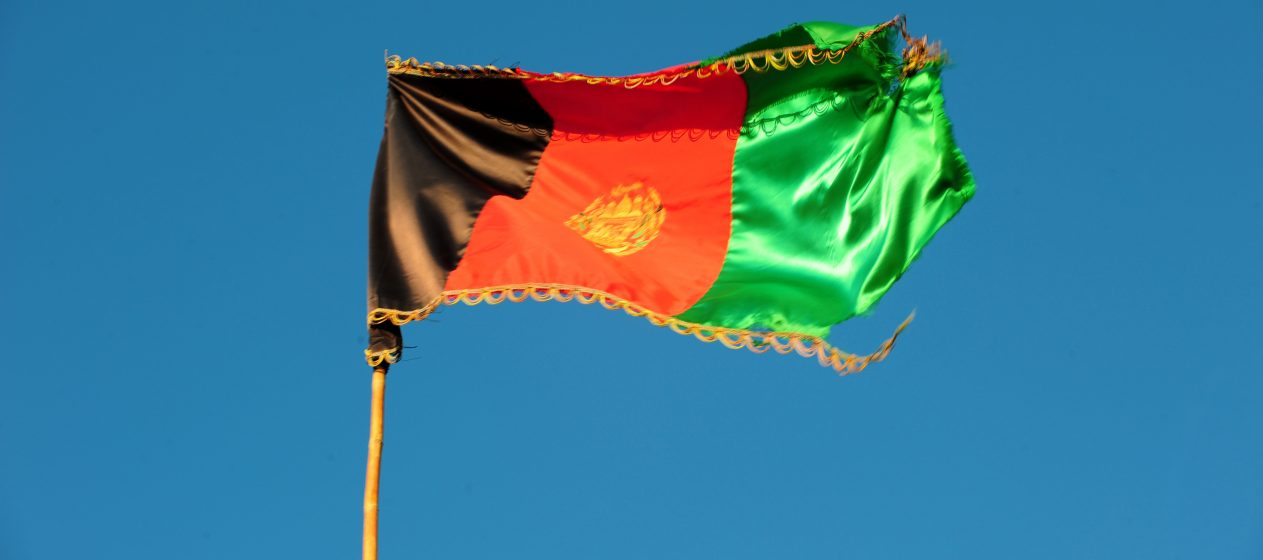On 21st May, an American airstrike killed Taliban leader Mullah Akhtar Mansour in the Pakistani province of Baluchistan. This operation, which involved multiple drones, comes as a relief to many, as Mansour had been actively planning and carrying out attacks across Afghanistan. According to the US Secretary of State John Kerry, Mansour ‘posed a continuing imminent threat to US personnel in Afghanistan, Afghan civilians, Afghan security forces, and members of the US and the NATO coalition.’
The killing of the Taliban leader, however, is likely to lead to unwelcome consequences, and will hamper peace talks between the insurgents and the government. The issue of peace talks has always been unpopular among the Taliban’s most senior leadership. In the wake of Mansour’s death, these leaders are more likely to begin planning their revenge rather than negotiating a peace settlement.
Four days after the strike, the Taliban announced that a lesser-known deputy of the terrorist organisation, Mawlawi Haibatullah Akhundzada, will take over as its leader. Akhundzada’s swift appointment comes as a surprise given a legacy of power struggles over the Taliban’s succession. The immediate and streamlined appointment of Akhundzada is a desperate attempt by the Taliban to prevent a power struggle similar to that which prevailed before Mansour was appointed.
Mansour emerged as the leader of the Taliban in 2015 by crushing those who favoured peace talks with Kabul and cementing ties with the Haqqani network, a highly sophisticated insurgent group that has been fighting against NATO and the Afghan government since the early 1990s. Mansour promoted the Haqqani leader, Sirajuddin Haqqani, to deputy leader of the Taliban. That Haqqani, whose network has been responsible for some of the highest-profile attacks of the Afghan war, was not chosen as successor is an important indication of the direction the Taliban intends to take.
Although Akhundzada lacks Haqqani’s military expertise, some Taliban leaders consider the latter to be a controversial figure, unfamiliar with the insurgency landscape of southern Afghanistan. The Taliban also feared that their hardships would increase under Haqqani as he is the United States’ most wanted Taliban figure. The son of Taliban’s founder, Mullah Mohammad Omar, Mohammad Yaqoob was also overlooked for the leadership of the Taliban due to his lack of experience in battle and his young age.
Akhundzada, who is said to be in his mid-fifties, fought against the Russians in the 1980s and joined the Taliban at its founding in 1994 under Mohammad Omar’s leadership. Omar appointed Akhundzada as the head of the military court in Kandahar during the Taliban’s rule over Afghanistan. Akhundzada was promoted under Mansour to a deputy position in the organisation in 2013.
Some Taliban members believe that Akhundzada ‘will bring back the era of Mullah Omar’ with ‘a simple life, loyalty, and terror on enemies.’ In addition, the immediate appointment of Akhundzada could also signal the group’s fear of an expanding threat posed by the so-called Islamic State (ISIS) in Afghan territory. Quick appointment would ensure stability and unity within the organisation, thereby keeping ISIS influence away from Afghanistan.
Due to his lack of military expertise, Akhundzada may increase violence to consolidate his position, and as means of demonstrating his military capabilities. Conversely, given his legal background, he may also be more open to peace discussions than the previous hard-line military leaders of the Taliban.
In June, al-Qaeda leader Ayman al Zawahiri swore allegiance to Akhundzada in a video released by al-Qaeda’s propaganda division. The leader’s oath to the head of the Taliban has become especially important for jihadists since the rise of ISIS. The rift between the two organisations continues as members of al-Qaeda say that the so-called ISIS caliphate is ‘illegitimate,’ and the Taliban’s chieftain is the true ‘Emir of the Believers. This alliance between the Taliban and al-Qaeda could be instrumental in thwarting ISIS influence in the area.
The Taliban’s opposition to ISIS has been imperative in preventing the latter organisation from establishing themselves within Afghanistan. According to a former special representative of the UN Secretary General, ISIS militants have been involved in a direct rivalry with the Taliban in several provinces across Afghanistan. The Khurasan province, which ISIS imagines as an integral part of its caliphate, includes Afghanistan and surrounding areas. These ambitions make the Taliban an obstacle for ISIS, and bring the two into direct conflict.
ISIS has openly declared its hate for the Taliban and consistently attacks the group and al-Qaeda in their Dabiq magazine. ISIS’s hostility stems from the fact that the Taliban draws its legitimacy not from a universal Islamic creed, but from a narrow ethnic and nationalistic base. Though the Taliban and al-Qaeda also aim to establish an Islamic state, the Taliban’s ambitions are constrained to Afghanistan, not the entire world.
The threat that ISIS poses to the Taliban’s dominance of Afghanistan has led the former to create the Taliban’s “Special Forces.” Their sole aim is to overthrow ISIS, especially after the two groups declared war on each other in January 2015. The Taliban has gained the upper hand in these clashes and has already opened dialogue with several regional countries, assuring them that they will not allow ISIS to gain a foothold in Afghanistan.
If the Taliban is transitioning to combating the ISIS threat and reasserting its dominance, the swift appointment of Akhundzada is a step towards ensuring the Taliban retain their supremacy in Afghanistan.





